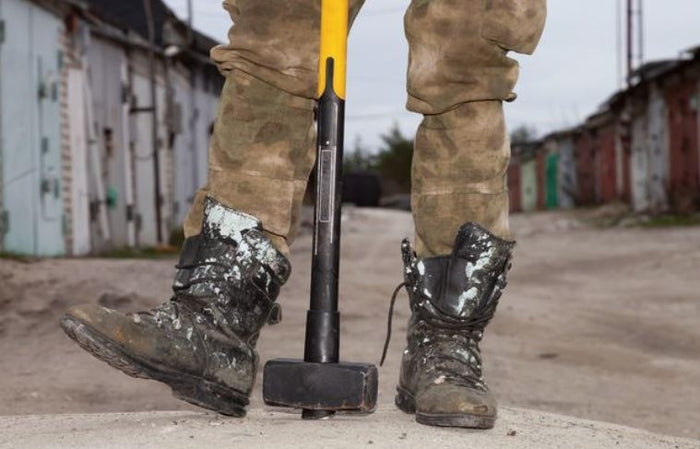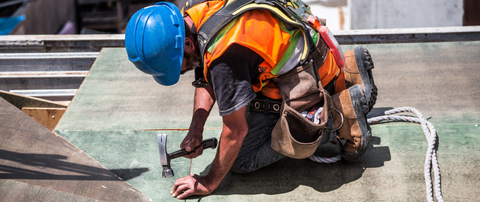How Work Boots Benefit From The Use Of Insoles

Insoles, also known as shoe inserts, can provide a variety of benefits for those who work on their feet for long periods of time. The added support and cushioning can help reduce the risk of injuries and improve overall comfort, leading to increased productivity and job satisfaction (Tread Labs).
One of the main benefits of insoles is arch support. Many people have different foot types and arch shapes, and insoles with built-in arch support can help distribute weight evenly across the foot, reducing strain on the heel and ball of the foot. This can help prevent common foot problems such as plantar fasciitis, heel spurs, and flat feet. Furthermore, insoles that provide arch support can also help realign the foot and leg, which can reduce the risk of lower back, knee and hip pain (Upstep).
Cushioning is another important benefit of insoles. Standing or walking on hard surfaces for long periods of time can put a lot of stress on the feet and legs, leading to fatigue, discomfort, and pain. Insoles can provide additional cushioning to the foot, helping to reduce impact and improve comfort. This can help to reduce the risk of injuries such as stress fractures and can also help to alleviate pain caused by existing foot conditions.
Shock absorption is another key benefit of insoles. When walking or running, the foot strikes the ground with significant force, which can lead to injuries if not properly absorbed. Insoles can help absorb shock, which can help reduce the risk of injuries such as stress fractures, shin splints, and heel spurs. Additionally, insoles like SelectFlex with good shock-absorption can also help to reduce fatigue, making it easier to work for long periods of time without feeling tired.
Temperature regulation is another important aspect of insoles. Feet can get hot and sweaty, especially when working in environments with high temperatures or heavy physical activity. Some insoles are made with materials that can help regulate temperature, keeping feet cool and dry. This can help to reduce odors and prevent fungal and bacterial growth, keeping feet healthy and comfortable.
Odor control is another important benefit of insoles. Feet can produce a lot of sweat, which can lead to unpleasant odors. Some insoles are treated with antimicrobial agents to help control odor. This can help to reduce the risk of fungal and bacterial growth, which can cause infections and odors.
Customization is another important aspect of insoles. Every person's feet are unique, and off-the-shelf insoles may not provide the best fit. Insoles can be made to fit the specific shape and size of a person's foot, providing a more customized and comfortable fit. This can help to reduce the risk of injuries and improve overall comfort, leading to increased productivity and job satisfaction. Customization, especially in arch support can primarily be found in SelectFlex insoles.
In summary, insoles can provide a range of benefits for those who work on their feet for long periods of time. Arch support, cushioning, shock absorption, temperature regulation, odor control, and customization are all important aspects of insoles that can help to reduce the risk of injuries, improve overall comfort and lead to increased productivity and job satisfaction. It's important to note that not all insoles are created equal and it's always good to seek professional advice when it comes to foot related issues. A qualified podiatrist can help you find the right insoles for your needs and work environment.
Consider Wearing SelectFlex Adjustable Orthotics to Help Enhance Your Work Boots.
Follow Us
















